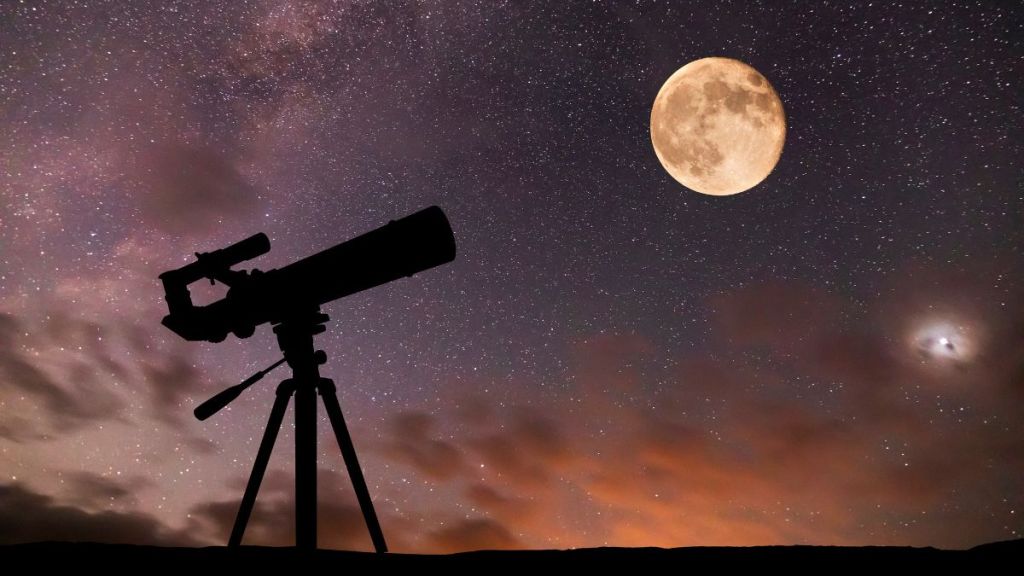It’s an exciting time for astronomy enthusiasts as Earth will temporarily get a second moon for almost two months. A recent study found that an asteroid will enter Earth’s gravitational orbit. The rock, now dubbed a “mini-moon,” will follow a “horseshoe path” before eventually breaking free.
According to Research Notes of the American Astronomical Society‘s recent study, asteroid 2024 PT5 was discovered on August 7 by the Asteroid Terrestrial-impact Last Alert System, or ATLAS, observing with the instrument located in Sutherland, South Africa. The rock spotted with NASA-funded ground telescopes is 33 feet long.
The lead author of the research and Universidad Complutense de Madrid professor Carlos de la Fuente Marcos told Space.com that the object comes from the Arjuna asteroid belt. The space rocks in this secondary asteroid belt “follow orbits very similar to that of Earth at an average distance to the sun of about 93 million miles.” Marcos added, “Objects in the Arjuna asteroid belt are part of the near-Earth object population of asteroids and comets.”
Earth’s mini-moon, ‘2024 PT5,’ arrives next week
The Research Notes of the AAS stated that the mini-moon will be looping around Earth from September 29 until November 25. The study also noted that after exiting Earth’s orbit, the asteroid 2024 PT5 will remain close to the planet for another few months. The rock will make its closest approach in January 2025. According to the research, the asteroid may return to Earth’s orbit in 2055.
While the mini-moon will be around Earth for some time, unfortunately, asteroid 2024 PT5 will not be visible to most skywatchers. Marcos explained that the rock is “too small and dim for typical amateur telescopes and binoculars.” However, he noted the object is within the “brightness range of typical telescopes used by professional astronomers.”
The ATLAS research also noted that 2024 PT5 is unlikely to be artificial. It explained that “its short-term dynamical evolution closely resembles” another “confirmed natural object.” The director of the Center for Near Earth Object Studies at NASA’s Jet Propulsion Laboratory shared its possible origin with The New York Times. Paul Chodas explained that the rock’s past motions have suggested that it’s “possibly a piece of ejecta from an impact on the moon.” This means that the 2024 PT5 could be a fragment of our moon.




